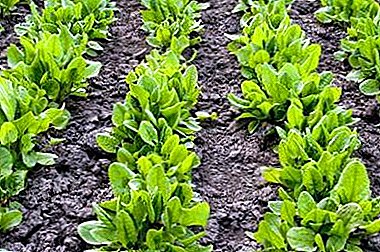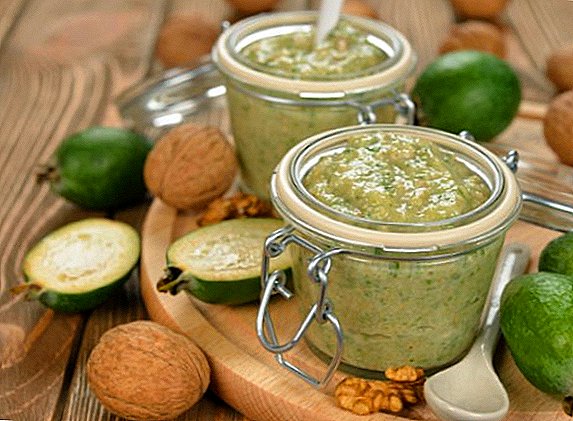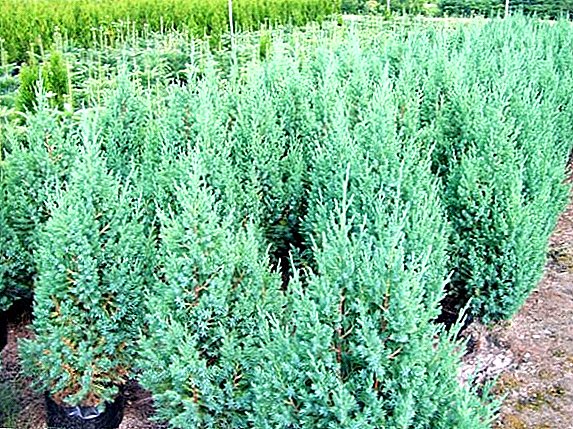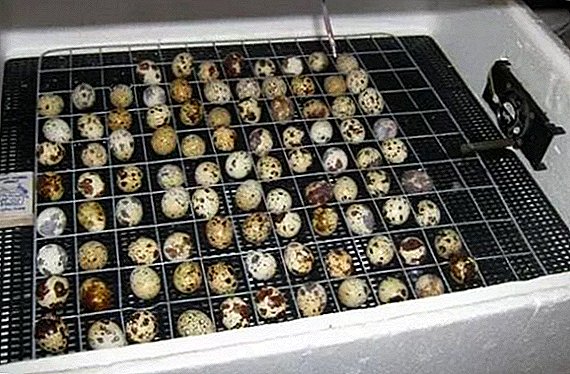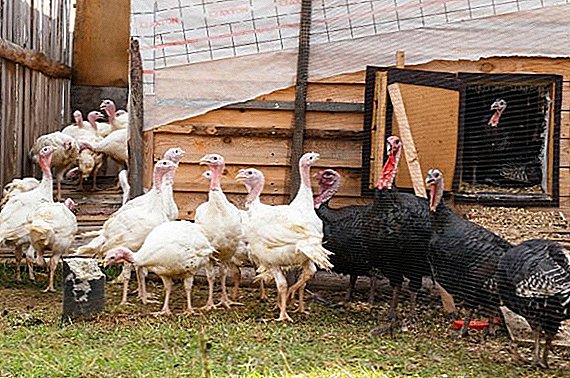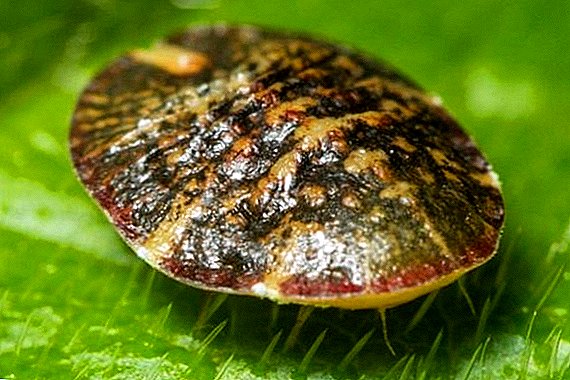 It is difficult for a city dweller to imagine the process of milking a cow, but if you decide to start breeding these animals, you cannot do without mastering the equipment. The quantity and quality of milk, as well as the state of the cow itself, largely depends on the skillful actions of the owner, so it is worthwhile to get acquainted in advance with all aspects of the milking issue.
It is difficult for a city dweller to imagine the process of milking a cow, but if you decide to start breeding these animals, you cannot do without mastering the equipment. The quantity and quality of milk, as well as the state of the cow itself, largely depends on the skillful actions of the owner, so it is worthwhile to get acquainted in advance with all aspects of the milking issue.
How many times a day a cow is milked
The correct answer to this question is no less important than the features of the milking technique. Of course, much depends on the age and condition of the animal, but on average it is not recommended to produce milk less than twice a day or more often than in 3-4 hours. Violation of these requirements is fraught with a decrease in milk yield and health problems of the cow itself. 
A week before the cow starts up, it is started to be milked once a day, and the newly settled female coworker is visited at least four times a day (for the first 14 days). Later you can gradually return to the optimal three-time milking.
We recommend that you read the description of the best breeds of dairy cows.
If, after six months of three times daily milking, the yield does not exceed 10 liters, you can safely switch to two times, while trying to maintain a temporary mode (it is desirable that the feeding and milking should be at the same time every day).
How to milk a cow with your hands
Special milking machines are far from being in every household, so owners have to milk their cows in the old and proven way - manually. This process consists of several interrelated stages, so let's pay attention to each of them. 
Training
Clean milking certainly plays an important role for each housewife, so before moving on to milking technology, it is important to take into account the requirements of sanitary and hygienic standards:
- the legs and abdomen of the animal are well wiped with a dry, clean cloth;
- udder washed with warm (but not hot) water using laundry soap, then wipe dry;
- Milkmaid's hands should also be clean, and wear a clean bathrobe over work clothes.
It will probably be useful for you to find out what are the processing methods and types of cow's milk, and also consider the characteristics of some milk coolers.
In addition, an equally important procedure of the preparatory stage is the udder massage. All actions should be carried out as carefully as possible, with careful strokes on both sides (you can gently push the udder, then squeeze and release the nipples several times). The first drops of milk that appear will indicate readiness for the main phase of the process. 
Milking technology
There are two main ways of milking cows by hand: using two fingers and a whole palm. Each of them has its own characteristics (we will discuss them further), but in any case it is important to know how to approach the animal correctly. Cows are fearful creatures, so that they remain calm and do not disturb the process, you should approach them only from the front, giving you the opportunity to know yourself.
Important! Vaseline will help to avoid excessive friction and unpleasant sensations on the part of the cow. It is enough to slightly lubricate their hands and perform all the actions will be much easier.
You can come with some treats (for example, bread) or just gently stroke your cows. It is better to go behind the cow on the left side, sitting down on a high chair or simply squatting, while leaving yourself a way to retreat in case of a sudden aggression of the animal. The bucket is placed directly under the udder, between its legs, thereby additionally fixing the container with milk. 
Pinch (two fingers)
Milking a cow with two fingers would be appropriate only if we are talking about a young animal, with short nipples on the udder. This method is not as convenient as "full-roll", but sometimes it just has to be resorted to.
Farmers should be familiar with the causes and methods of treatment of udder swelling and blood in the milk of a cow.
The technology is simple: the selected nipple is clamped between the thumb and forefinger and they begin to move from top to bottom, pumping out the milk into any previously prepared container. All movements must be performed extremely gently and smoothly, so as not to cause any pain to the cow.
Milking with a pinch often leads to the pulling out of the nipples and their injuries, because of which the animal can get nervous and show aggression. 
Fist (five)
Milking with a full hand is considered less traumatic for a cow and more convenient for its owner, therefore it is used more often. There are no exact requirements for this method, and the general technology is as follows:
- We take two nipples in the palm of your hand so that each of them fits completely in the hand, and its base is between the thumb and index fingers.
- Gradually, we begin to pull the nipples down, squeezing the base with your fingers: first with the thumb and forefinger, and then with all the rest.
- Milk streams must be pushed to the exit with wavelike movements, but in no case should you pull the nipple or bend it. Milk should fall into the bucket in a vertical stream.
- Each stream of milk is pressed to the end, preventing the return of the milk.
 There is no fundamental difference in which nipples to start with, so you can take diagonal nipples located on one side or in the front-rear direction. If it is inconvenient to work with both hands at the same time, you can alternately produce milk from each milking.
There is no fundamental difference in which nipples to start with, so you can take diagonal nipples located on one side or in the front-rear direction. If it is inconvenient to work with both hands at the same time, you can alternately produce milk from each milking.This will help save power for the final massage: the working part of the udder is rubbed from top to bottom and from the edges to the middle. The milk that remains is also needed.
Did you know? The tallest cow in the world is recognized as a resident of Illinois (USA), who at the age of 13 already reached a height of 193 cm. The animal can not give any milk or offspring, but at the same time she is still very loved and kept on the farm as a pet.
Post Milking Actions
At the end of the milking procedure, it remains only to wipe the cow's nipples dry with a clean napkin and smear it with a thin layer of vaseline, which will soften the skin a bit and calm the animal more quickly. If the cow was tied, the legs and tail are untied. If you wish, you can again treat the little horse with something tasty, reinforcing her trust in you and the procedure. 
How to milk a cow with a milking machine
Milking machines today are not uncommon, but more often they are used on farms, which contain a large number of cows, which have yet to be accustomed to a similar method of issuing milk. The whole process takes much less time than manual milking and consists of the following steps:
- First you need to prepare the milking machine, pre-rinsed well with his glasses and cleared of dirt.
- Then wash and udder cows, wipe the belly with a clean cloth, and wash hands with soap and water.
- To activate the milk supply, you can massage the udder a little, gently stroking it from both sides.
- As soon as the animal relaxes and begins to release milk, it's time to turn on the device.
- It should increase the pressure to the required values (always noted in the instructions for use), and only after that it will be possible to put the glasses on the nipples, while trying to minimize the possibility of air getting inside.
- The milking process itself will last about 5 minutes, but as soon as milk starts to be sucked in, the pressure in the system should be lowered so that the frequency of pulsations does not exceed 45-60 cycles per minute (vacuum indicators in the collector usually vary between 37-41 kPa).
- As soon as the intensity of the milk flow decreases, it is worthwhile to pull the collector down a little and put it back in place in order to completely milk all the milk.
- After the udder softens and becomes sluggish, you can turn off the milking machine, but in any case not to break the glasses. After switching off the vacuum, the collectors are slowly filled with air and can fall off themselves.
- At the end of the process, it remains only to check the condition of the nipples of the cow, pour the milk and wash the milking machine well.
We advise you to consider all the features of the design of the milking machine for cows.
What will happen if you do not milk the cow
It’s impossible not to milk the cow, because even a violation of the usual regime is fraught with unpleasant consequences for her health, among which the most typical are:
- mastitis;
- sepsis;
- fever;
- udder tenderness;
- death.
Did you know? In India, cows are still considered sacred animals and their meat is not eaten, while excrement is sometimes used in construction.
During the treatment of mastitis or sepsis, milk in general can not be eaten, as it may contain not only the remnants of drugs, but also clots of pus or blood. This state of affairs will undoubtedly bring material losses, so it is better not to disturb the milking regime and always empty the udder completely.  Mastitis, as one of the consequences, if not milking the cow
Mastitis, as one of the consequences, if not milking the cow
What to do if a cow beats (kicks) during milking
Not all animals like the milking process, so they can beat and kick. Usually it concerns the first year, not accustomed to it, which means that the owner will have to establish contact with the capricious animal. At a minimum, try to always bring with you some delicacy in the form of vegetables or at least bread, in order to temporarily divert the cow from your actions and calmly engage in the milking procedure.
Read about how to choose a good milk cow, as well as find out what features of the udder structure of the cow.
Some housewives practice the “cold towel” method, when a piece of cloth soaked in cold water is spread over the back of a cow. This decision is very relevant in the summer, because not only cools the whelp, but also drives away the annoying midges from her. In winter, a wet towel can only be used in a heated shed.
A little calming the nurse and forcing her to release the milk will help the calf. He will turn her attention to himself, and the owner at this moment will be able to calmly return to milking. In the extreme case, if you can’t reach an agreement with the cow and you are afraid for your health, you can tie her leg to the fence with the help of a long cord that will not allow you to reach you in the process of pumping.  For the purpose of safety during milking, we bind the cow's leg to the fence. Properly performed milking will not only allow you to get a large amount of tasty milk, but also protect the animal from unnecessary suffering, which in turn will reduce your worries. If, on the first try, the task fails - do not worry, the skill will definitely come with experience.
For the purpose of safety during milking, we bind the cow's leg to the fence. Properly performed milking will not only allow you to get a large amount of tasty milk, but also protect the animal from unnecessary suffering, which in turn will reduce your worries. If, on the first try, the task fails - do not worry, the skill will definitely come with experience.


